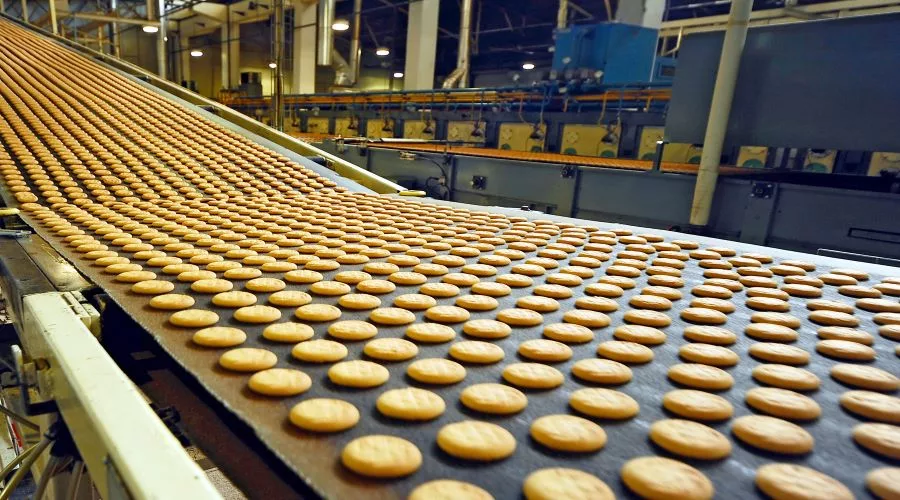Mergers & Acquisitions
Report: Food and Beverage Companies Streamline Portfolios, Turn to Snacking through M&A

Photo courtesy of Getty Images.
Food and beverage manufacturers are refining their merger and acquisition efforts to address strategic business imperatives and keep pace with evolving consumer demand trends, according to a new report from CoBank’s Knowledge Exchange.
While M&A activity in the sector has slowed considerably in 2024, recent moves reflect two key themes that will likely continue when the pace of deal-making picks up. Food and beverage companies are streamlining their product portfolios by shedding brands that don’t align with their core strengths. Meanwhile, acquisitions have largely been in response to growing consumer demand for grab-and-go convenience and healthier snacking.
“There’s a common strategic focus that underpins the majority of M&A activity in recent months,” says Billy Roberts, food & beverage economist with CoBank. “Food and beverage manufacturers are increasingly applying the 80/20 rule and devoting more attention to the 20% of their core brands and categories that account for the lion’s share of company revenue.”
Roberts points to recent deals that exemplify the current trends driving M&A in the food sector. Recognizing its future was not in the dairy case, General Mills exited the yogurt category by selling its Yoplait, Go-Gurt and Oui brands. The move allows the company to focus on brands with better margins and more aligned with its core portfolio. Hershey’s 2023 purchase of two popcorn operations to increase production capacity for SkinnyPop reflects the company’s pursuit of consumers seeking better-for-you snack options.
The pace of M&A activity in the food and beverage sector has trended much slower in 2024 compared to recent years. The average number of deals by quarter in the first half of the year was down nearly 40% from the 2021-23 average. However, several indicators suggest a pickup in activity. The expected interest rate cuts are poised to lower the cost of capital to finance acquisitions. Additionally, recent earnings calls have shown executives from Mondelēz International, General Mills and other CPG firms are open to M&A activity.
“Ironically, M&A within the food and beverage space has mirrored overall CPG activity in recent years, namely lower volume and higher prices,” Roberts says. “The majority of sales growth for food and beverage brands has stemmed from price inflation. As that eases, companies are feeling the pressure to return to profitable volume-led growth.”
Acquisitions are reducing some of the pressure on major manufacturers’ R&D departments to innovate. Several recent acquisitions have been of a smaller variety and that trend is likely to continue. Roberts says manufacturers at the smaller end of the spectrum, regardless of food or beverage category, could find opportunities with larger companies looking to acquire innovative products.
Looking for a reprint of this article?
From high-res PDFs to custom plaques, order your copy today!







